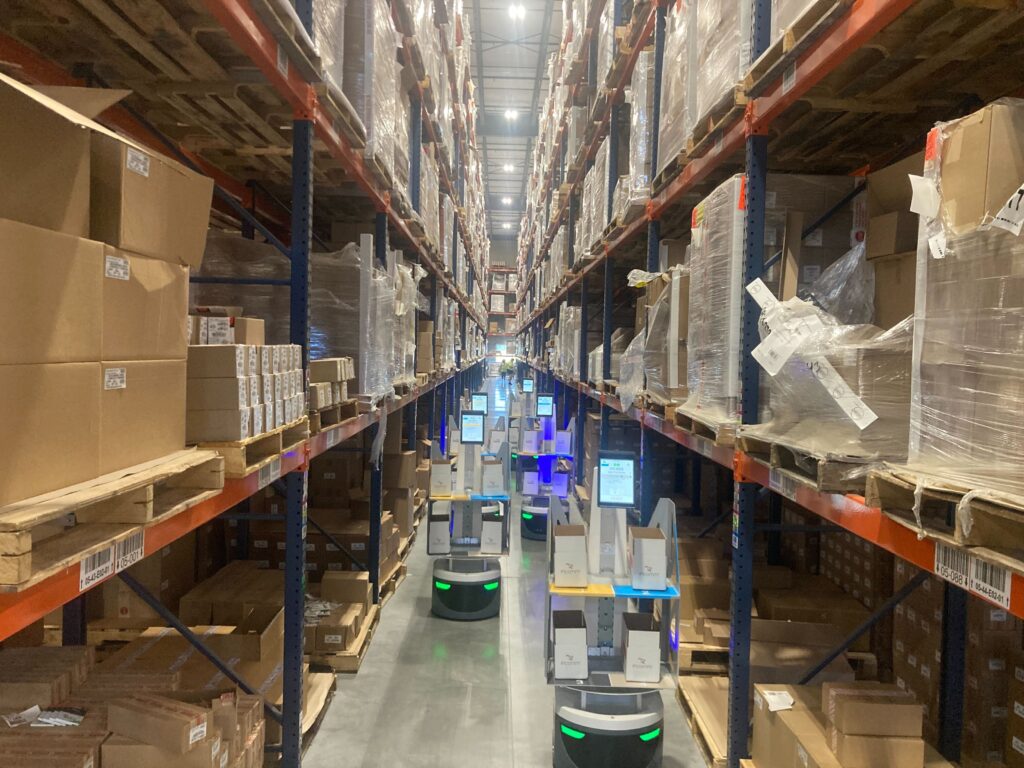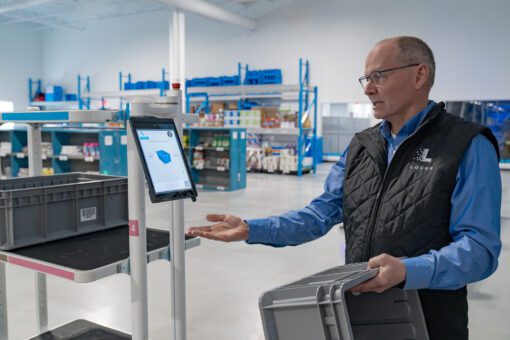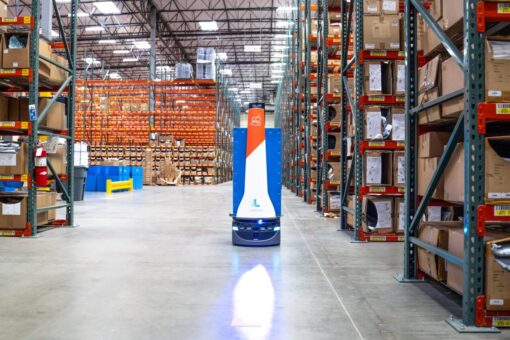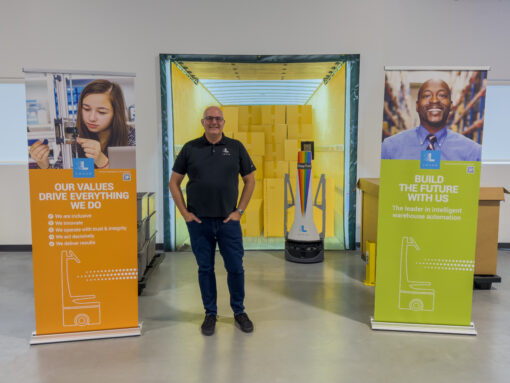WP: How to achieve 400 UPH with Locus Fast Pick
WP: How to achieve 400 UPH with Locus Fast Pick Download Now!
The 3PL Automation Playbook: Faster ROI and Smarter Scaling
Mary Hart, Sr. Content Marketing Manager

For third-party logistics (3PL) providers, the pressure never lets up as clients sign contracts expecting guaranteed service levels at fixed rates, regardless of how labor markets shift or order volumes spike. Margins are tight, turnover is high, and warehouse leaders are expected to deliver speed and accuracy as table stakes.
That’s why automation is no longer optional, but instead essential for 3PL success. As robots move boxes, warehouse automation builds consistency into operations, collapses training timelines, and creates a foundation that lets 3PLs scale without chaos.
On a recent episode of Warehouse Automation Matters, David Green, Executive Chairman of Peak Technologies, and Mike Wills, Chief Revenue Officer, shared how 3PLs can think differently about automation. The conversation surfaced five lessons — each with practical moves you can make today.
Lesson 1: Collapse the Automation Training Curve
The context: In many warehouses, training a new hire takes months and by the time someone is fully proficient, they’re often already out the door. With turnover rates that can reach 60% or higher, the cycle is both expensive and demoralizing.
What the experts said: Green explained that with robotics, onboarding doesn’t have to be a marathon. “With a full solution, it could be just a few days rather than a couple of months to get the process down”. That shift dramatically reduces wasted investment.
Your Move:
- Audit your current onboarding timeline and cost.
- Compare against average turnover rates to see the real cost of churn.
- Explore automation that allows workers to be productive in days, not months.
The impact is financial, and it improves morale as associates feel successful faster, which helps retention.
Lesson 2: Build on Consistency
The context: Manual processes vary by person, shift, and even time of day, and that unpredictability makes it difficult for managers to plan accurately or hit throughput targets.
What the experts said: “Pick rates can go from the mid-fifties to up to 150 lines per hour,” Green said, describing how robot-driven consistency triples performance. Wills emphasized that consistency is the bedrock of ROI.
Your Move:
- Track variability across shifts and workers today.
- Set KPIs not only for speed but for predictability.
- Design workflows where robots handle transport, freeing people for value-added tasks.
When you can count on consistent throughput, you can forecast more accurately and keep promises to customers.
Lesson 3: Recognize the Softer Wins
The context: ROI models tend to highlight “hard” numbers like labor savings and accuracy. But as anyone managing a warehouse floor knows, softer benefits matter just as much when fatigue, stress, and turnover quietly erode productivity every day.
What the experts said: Wills put it plainly: “Adoption rates are often very quick, and they stay at a high level because of the very tangible benefits operators get”. Those benefits include walking 80% less, less cart-pushing, and less strain on the body.
Your Move:
- Survey your workforce about fatigue and job satisfaction.
- Factor turnover costs into your ROI model.
- Share quality-of-life metrics with leadership, not just throughput data.
Improving the day-to-day experience helps you attract and retain workers, which is an advantage in an industry where labor supply is often uncertain.
Lesson 4: Plan for Peaks with Flexible Roots
The context: Seasonal surges can make or break a 3PL relationship. Black Friday, back-to-school, or unexpected demand spikes can triple order volumes overnight. Meeting SLAs with a temporary workforce is risky when labor is scarce.
What the experts said: Green described how seasonal robots help customers add capacity for a few months without the pain of hiring and training large numbers of temps.
Your Move:
- Identify your highest seasonal demand spikes.
- Build a plan that combines flexible automation with your core workforce.
- Test robot deployments in short-term pilots to prove scalability.
Consistency from robots smooths out the volatility of peak periods to help you maintain performance when it matters most.
Lesson 5: Don’t Go It Alone
The context: Many 3PLs attempt to piece together their own automation strategies. They purchase point solutions, like robots here and RFID there, and expect internal teams to harmonize everything. More often than not, the result is inefficiency.
What the experts said: “Integration is where the optimization gains are unlocked,” Wills explained. A solution provider can ensure that robotics, RFID, and other technologies work seamlessly together.
Your Move:
- Map your end-to-end operation before purchasing tech.
- Ask whether your team has the expertise to integrate multiple solutions.
- Consider a partner who understands the whole operation—not just one piece.
True efficiency comes not from buying more tools, but from harmonizing them into a cohesive strategy.
Automation means giving 3PLs the tools to scale sustainably. From collapsing training time and boosting consistency to reducing turnover and surviving peak seasons, automation offers value across every dimension of the business.
The playbook is clear:
- Invest in faster onboarding.
- Build consistency into workflows.
- Measure the soft benefits alongside hard ROI.
- Prepare for peak with flexibility.
- Focus on integration, not just tools.
Listen to the full episode of Warehouse Automation Matters featuring Peak Technologies to explore these lessons in depth.




